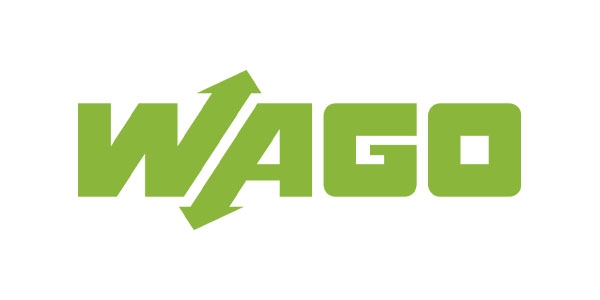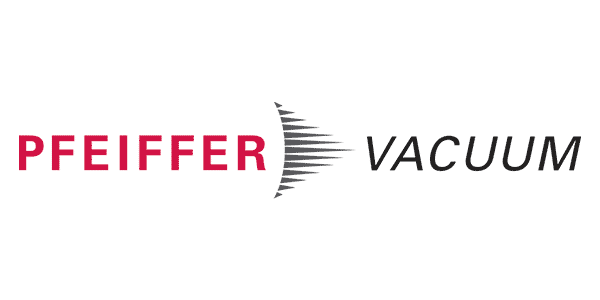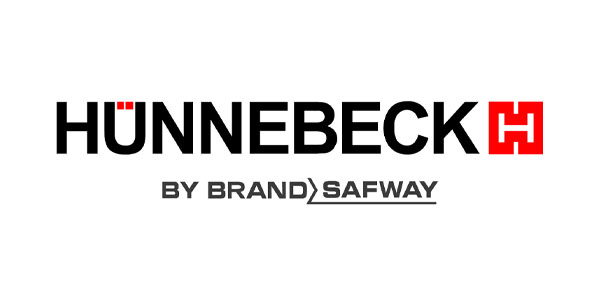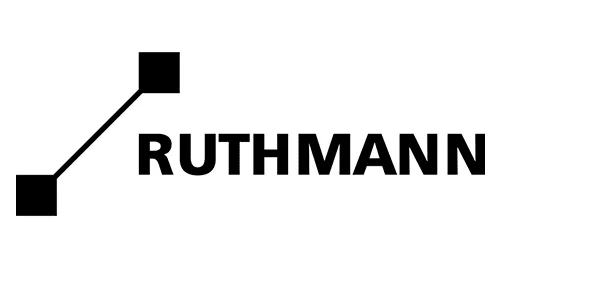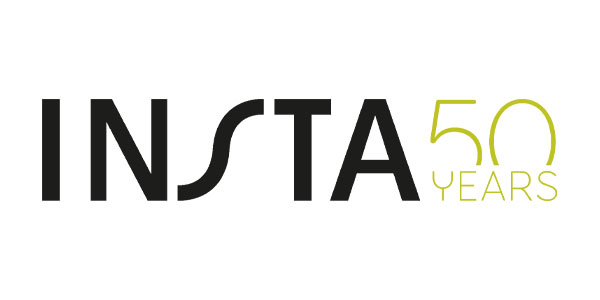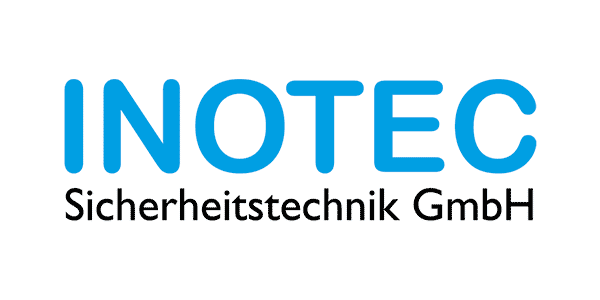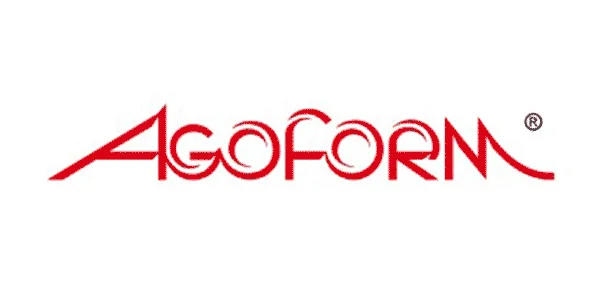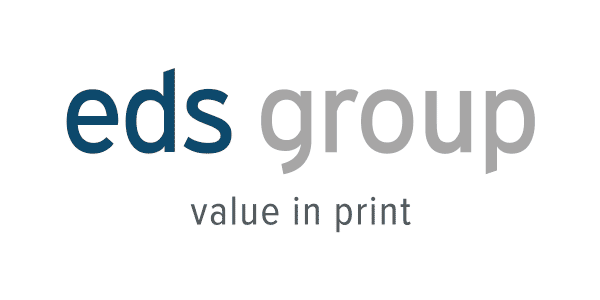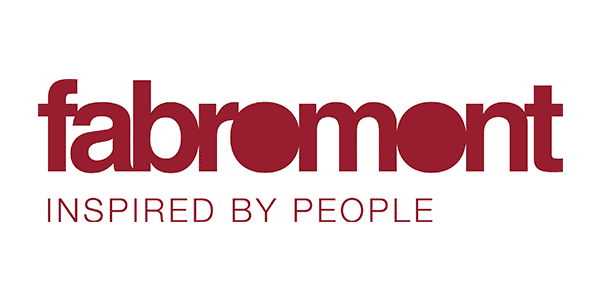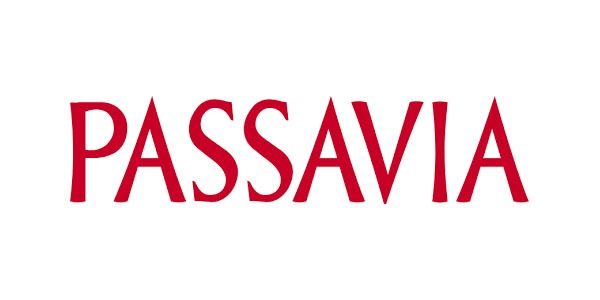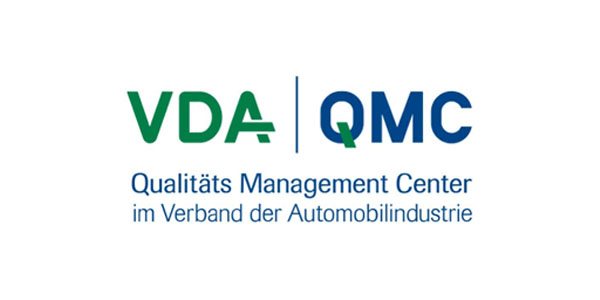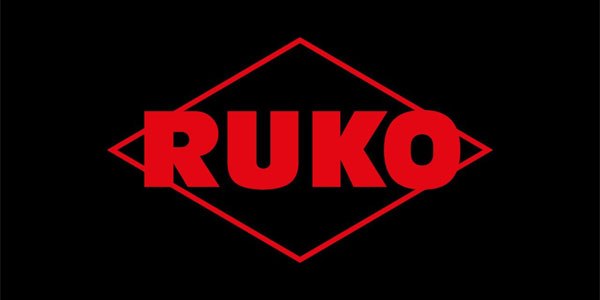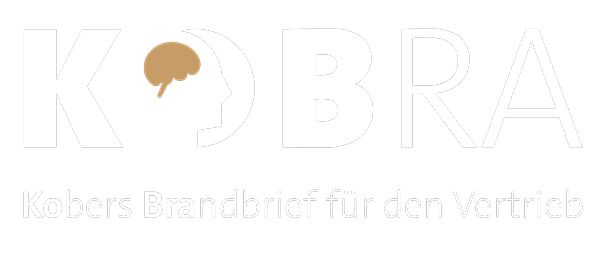References
“Our customers book us again and again – they know why.”
Case study
Industry: Electronics manufacturer
Professionalize sales process and enhance virtual communication skills. The client’s challenge was to professionalize the sales team in terms of market cultivation in the form of new customer acquisition and existing customer expansion in such a way that, on the one hand, new customer acquisition is pushed via new media and, at the same time, customer communication runs “hybrid”. In this context, hybrid also means the target-oriented combination of on-site communication and virtual contact with decision-makers.
The result is a significantly more efficient customer approach with significant cost savings per customer appointment and, at the same time, a higher quote-to-order completion rate by means of hybrid customer communication. Within 8 weeks, top decision-makers were acquired from highly interesting potential customers, some of whom had previously not responded to calls or e-mails.
Case study
Industry: Mechanical engineering
Increase in new customer sales in the machine class up to 40 tons. The specific task was to profitably increase the market share in this particular machine class in the double-digit percentage range, i.e. not through aggressive pricing, but through new customer acquisition, competitive displacement and value-added arguments. This was done in an extremely competitive market environment with high market transparency and machines with highly comparable specifications.
Number of new customer contacts multiplied in 6 months, volume of offers to new customers increased by a high six-figure figure, accompanied by a significant increase in the quotation-to-order completion rate.
Case study
Industry: Construction
Increasing sales efficiency by, among other things, expanding the ability to communicate virtually with the customer. Virtual communication with customers is a challenge, especially for companies with traditional sales organizations. The requirement in this project was that in a rustic market environment, sales staff had to set standards in terms of digital communication with the customer. The goal was to significantly increase the number of contacts with decision-makers using the same sales team, while at the same time reducing travel costs and increasing closing ratios. In addition, there was the requirement that, especially in large projects, the customer’s purchasing committee, consisting of various decision-makers, could be better addressed through appealing video conferences than exclusively via telephone or on-site appointments.
As a result, large orders were completed more quickly because decision-makers from the buying center could be brought to the “virtual table” more quickly via video conferencing. The added value of the collaboration was convincingly presented to the decision-makers through engaging video conferences.
Case study
Industry sector: Biotechnology – services requiring explanation
Task: Highly trained scientists, most of them with doctorates, were empowered in this project to sell highly sophisticated technological solutions to business customers on an equal footing and, ultimately, to push through a justified price for them. For this purpose, the cost-based pricing approach was replaced by a value-based pricing approach. Employees were empowered to visualize the tangible benefits of the sophisticated solution, ultimately generating significantly higher sales revenue.
Significant time streamlining of the sales cycle, decision-making processes for major projects significantly accelerated with a simultaneous increase in the closing rate and higher revenues.
Case study
Industry: Plant engineering
Passing on increased purchasing costs to customers despite existing contracts was the task in this project. Concrete and intensive needs analysis were just as much a part of the training scope as a dedicated offer presentation geared to the customer. The participants were prepared for price negotiations by means of intensive simulations in order to successfully counter price reduction attempts on the part of the purchasing department.
By means of well thought-out preparation of price negotiations, including clear presentation of the quantifiable added value of the supplier for the customer, the announced price increases were achieved.


